Research
Search our website
Search our website by entering a keyword or choose a database above to search specifically.
Search
Showing search results 4,041 - 4,050
14,716 results found
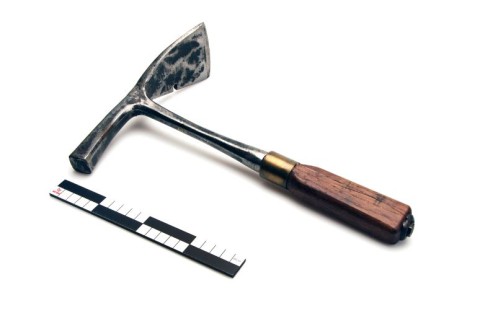
Roofer's adze
This text can only be consulted in Dutch
<https://www.mot.be/resource/Tool/roofers-adze?lang=nl>
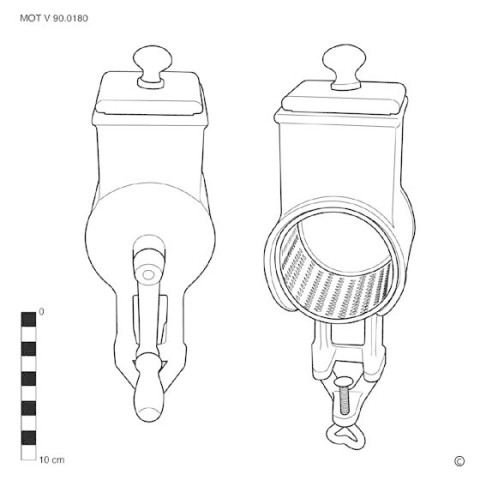
Rotary grater
This text can only be consulted in Dutch
<https://www.mot.be/resource/Tool/rotary-grater?lang=nl>
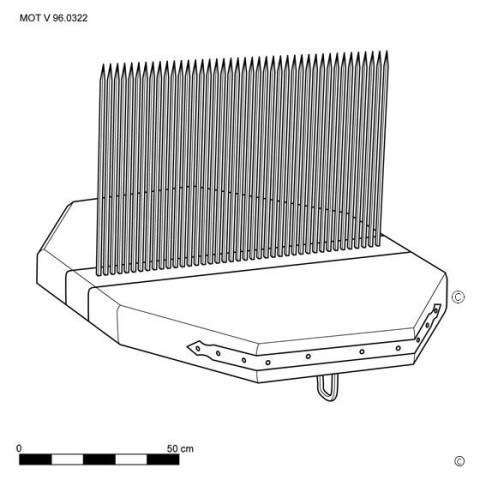
Ripple
This text can only be consulted in Dutch
<https://www.mot.be/resource/Tool/ripple?lang=nl>
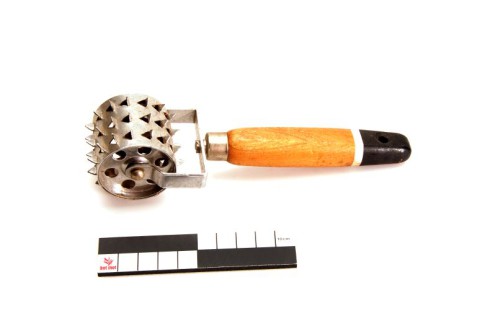
Roller docker
This text can only be consulted in Dutch
<https://www.mot.be/resource/Tool/roller-docker?lang=nl>
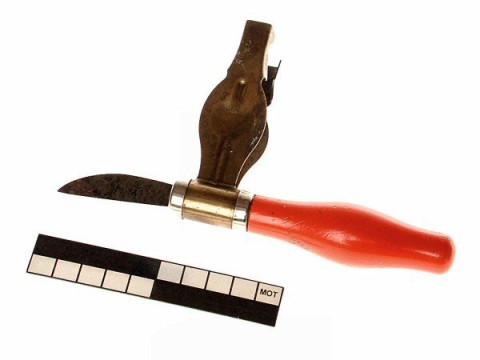
Rose knife
This text can only be consulted in Dutch
<https://www.mot.be/resource/Tool/rose-knife?lang=nl>
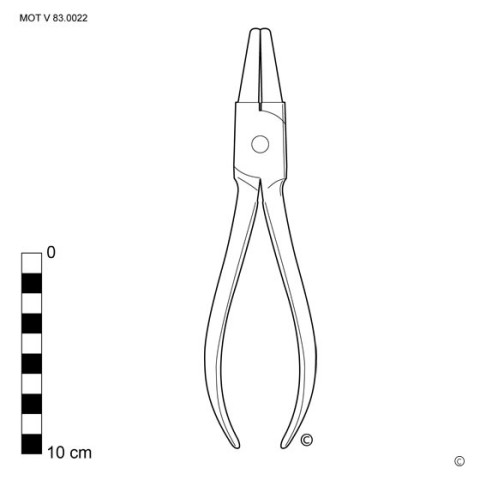
Round nose pliers
This text can only be consulted in Dutch
<https://www.mot.be/resource/Tool/round-nose-pliers?lang=nl>
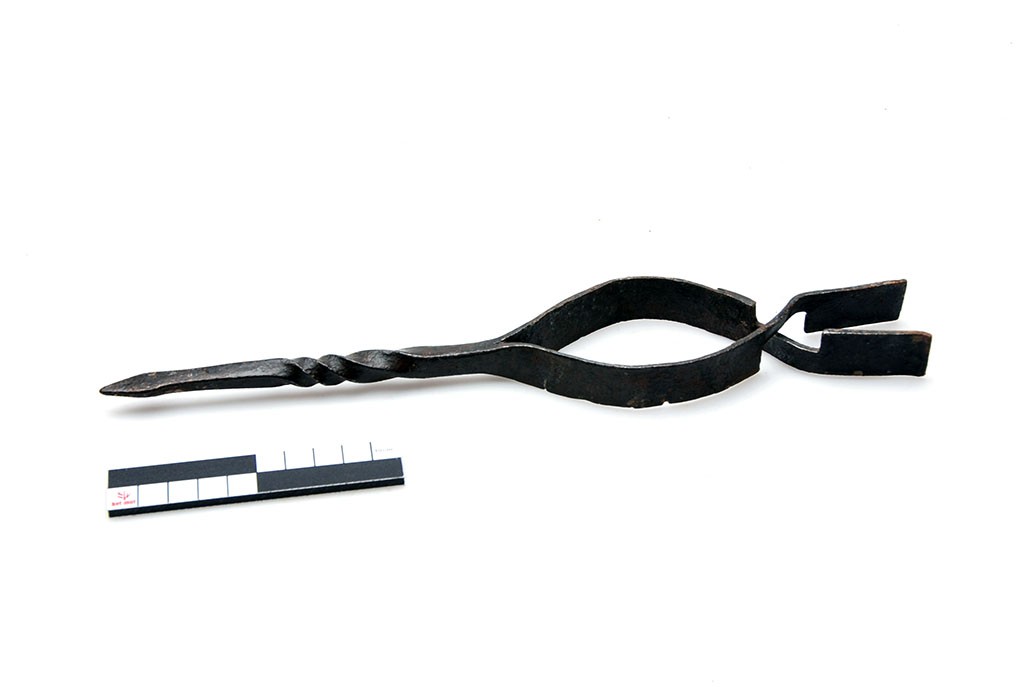
Rush holder
This text can only be consulted in Dutch
<https://www.mot.be/resource/Tool/rush-holder?lang=nl>
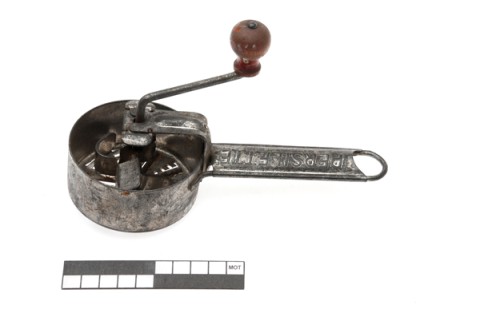
Rotary herb chopper
This text can only be consulted in Dutch
<https://www.mot.be/resource/Tool/rotary-herb-chopper?lang=nl>
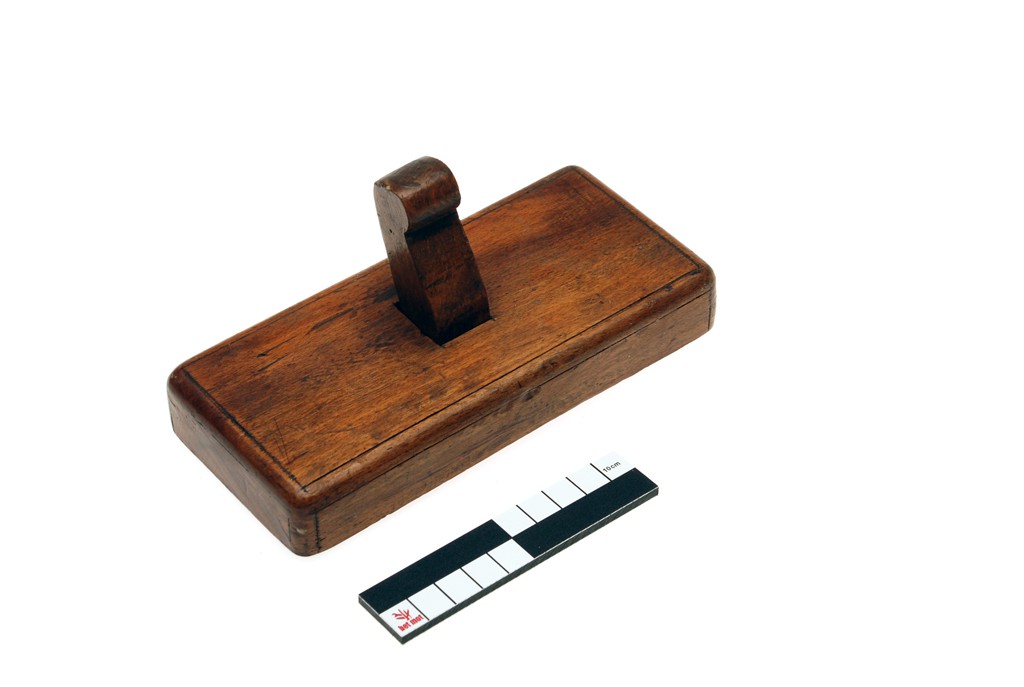
Router plane
This text can only be consulted in Dutch
<https://www.mot.be/resource/Tool/router-plane?lang=nl>
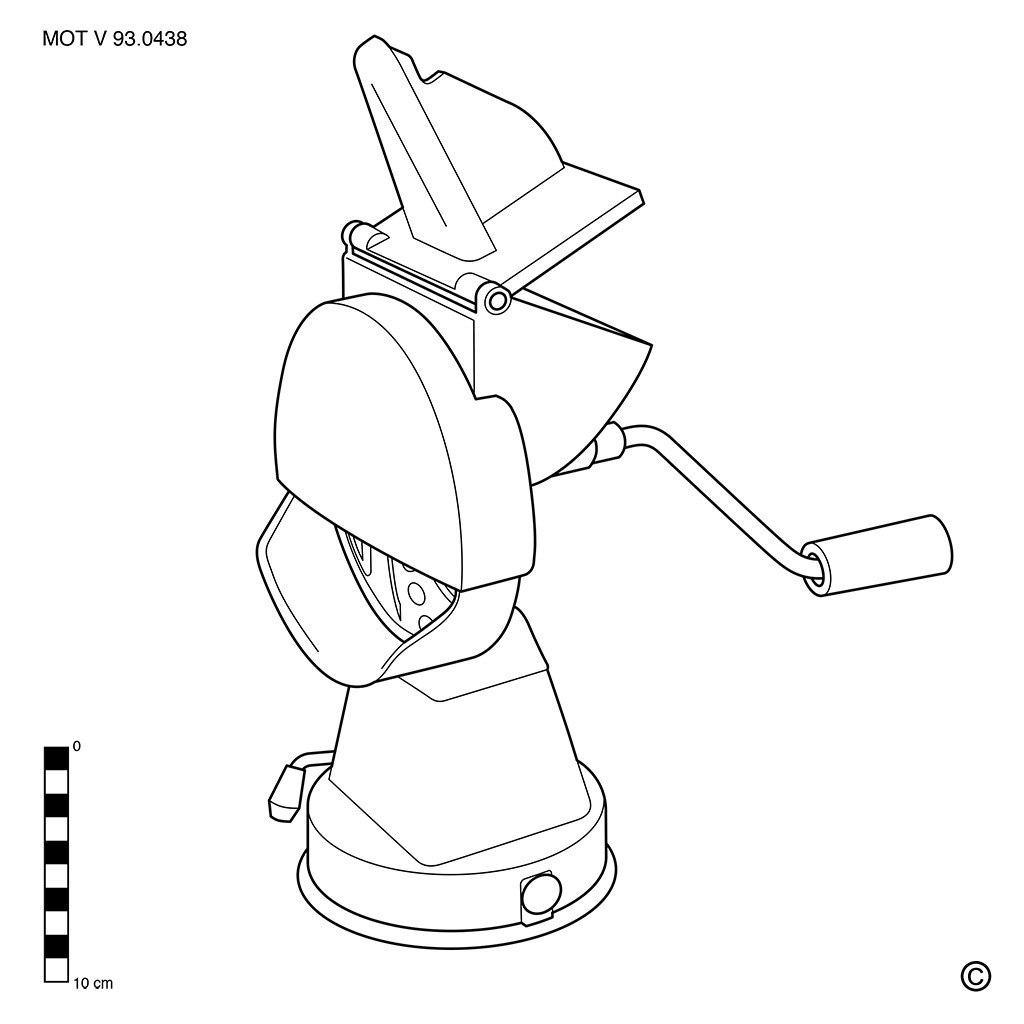
Rotary vegetable shredder
This text can only be consulted in Dutch
<https://www.mot.be/resource/Tool/rotary-vegetable-shredder?lang=nl>
